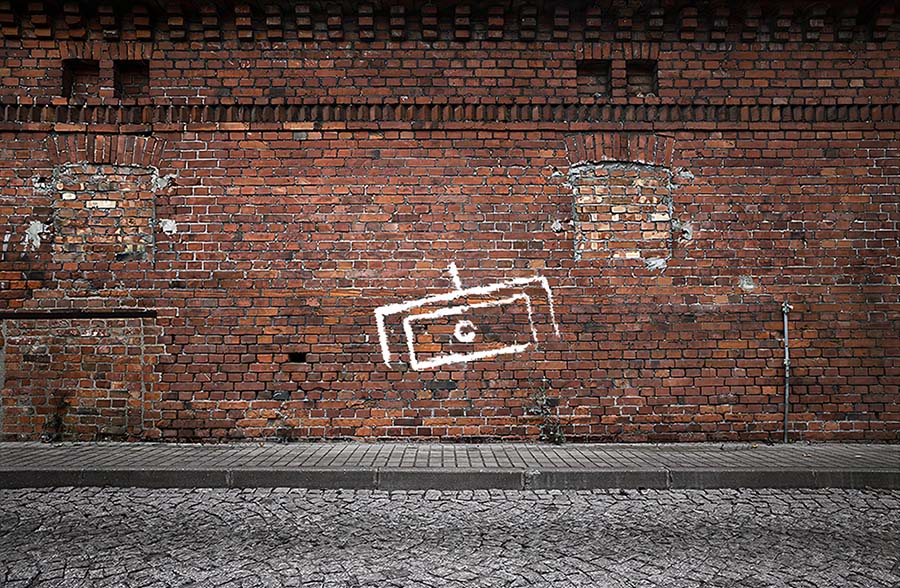
The Hobo Code: The Secret System for Itinerant Workers
The Hobo Code was a series of simple drawings—not unlike emojis today—that conveyed to other hobos vital information such as whether a place was hospitable to them or not.
Get your fix of fascinating trivia in our 5-minute newsletter.

The Hobo Code was a series of simple drawings—not unlike emojis today—that conveyed to other hobos vital information such as whether a place was hospitable to them or not.
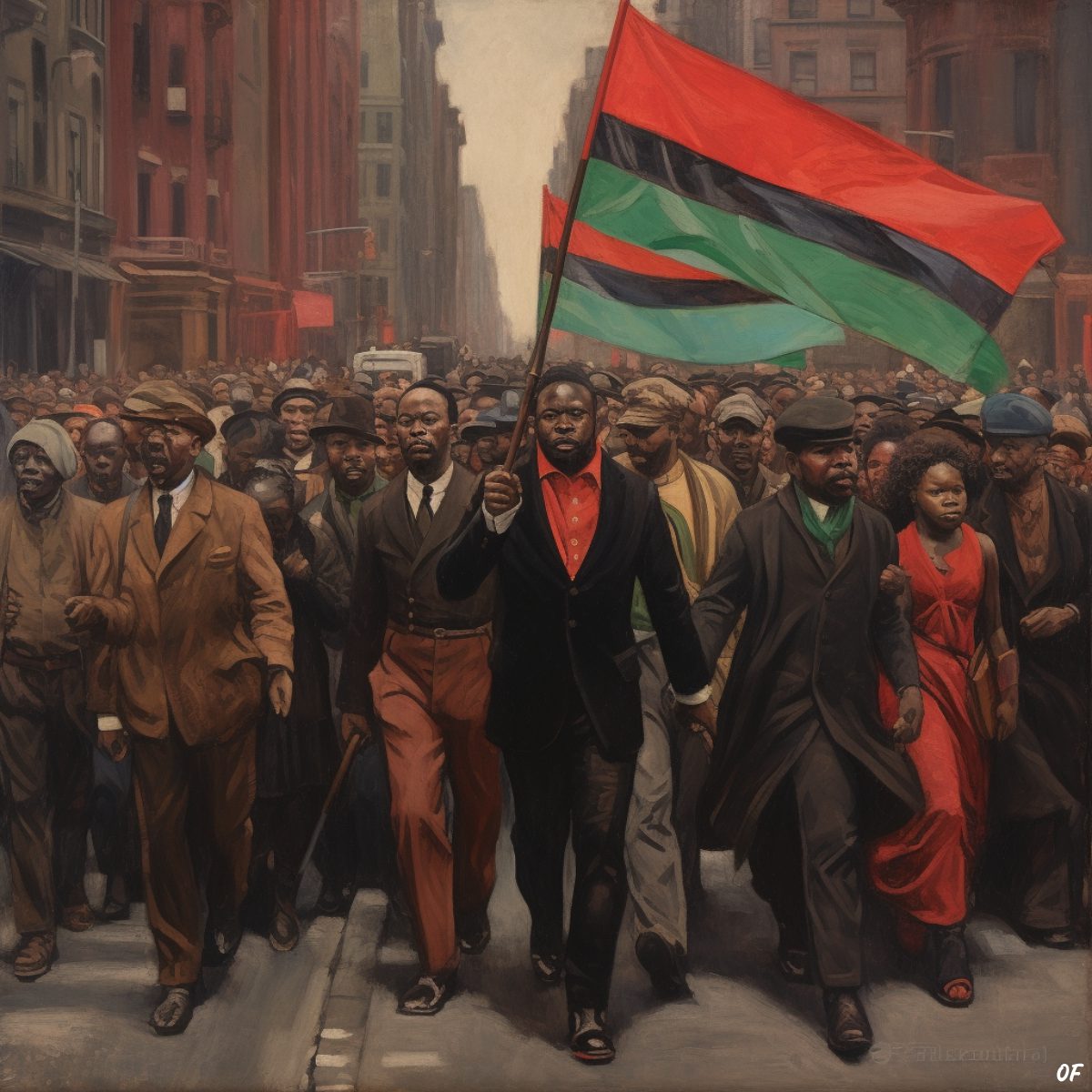
Established over a century ago by Marcus Garvey, the Pan African Flag remains a potent emblem, serving as a testament to African unity, heritage, and resilience. This enduring symbol resonates, echoing solidarity across generations and continents.
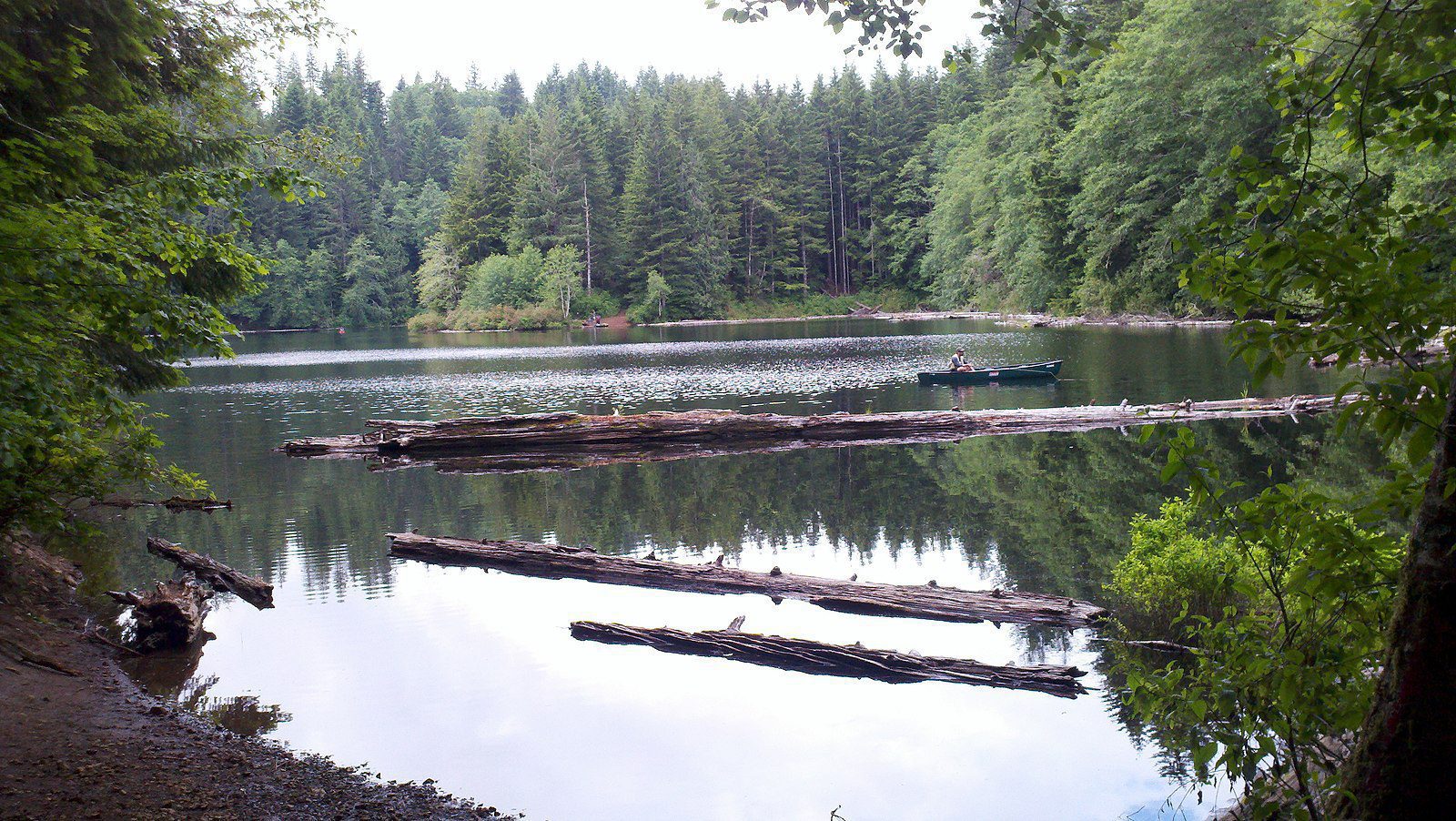
Every winter, Lost Lake Oregon drains through a mysterious hole, the origin of which has baffled scientists for years.
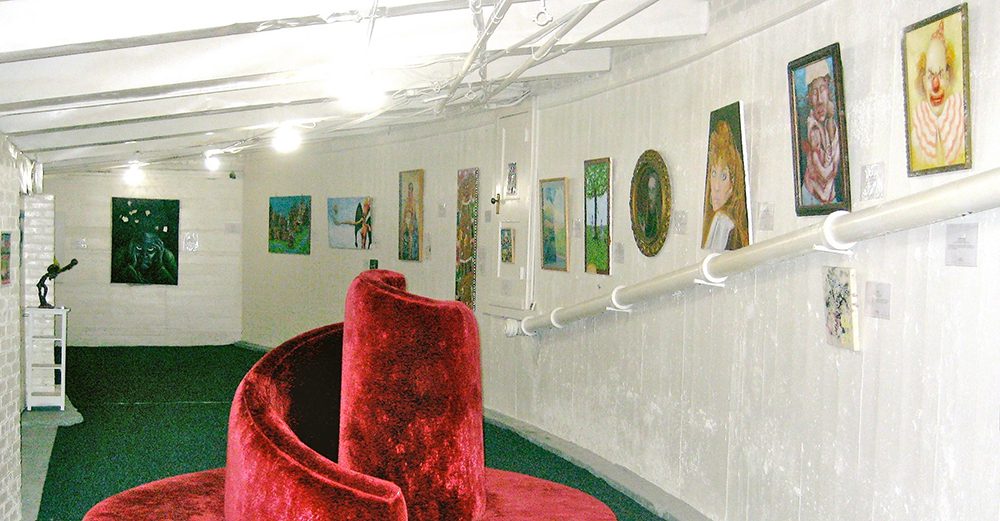
Based on the ethos of well-intended art with disastrous results, the Museum of Bad Art contains a number of unique pieces with a cult following.
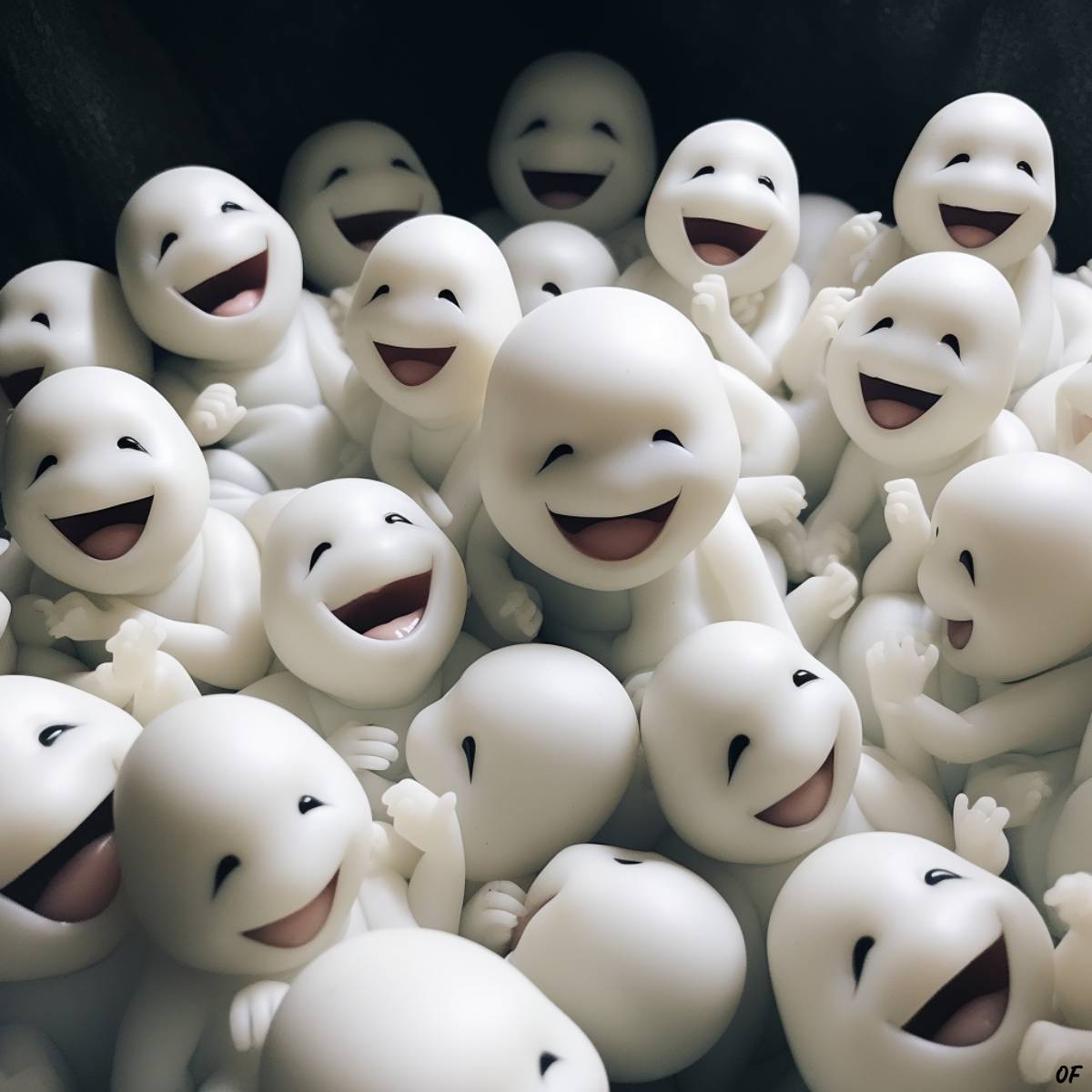
Japan’s enigmatic teru teru bozu, weather-charming talismans, carry tales steeped in mystery and folklore. From gruesome monks to sacrificial young girls, these cherished dolls encapsulate a culture’s ancient weather-control hopes, continuing to dangle from windows, inviting sunshine into rainy days.
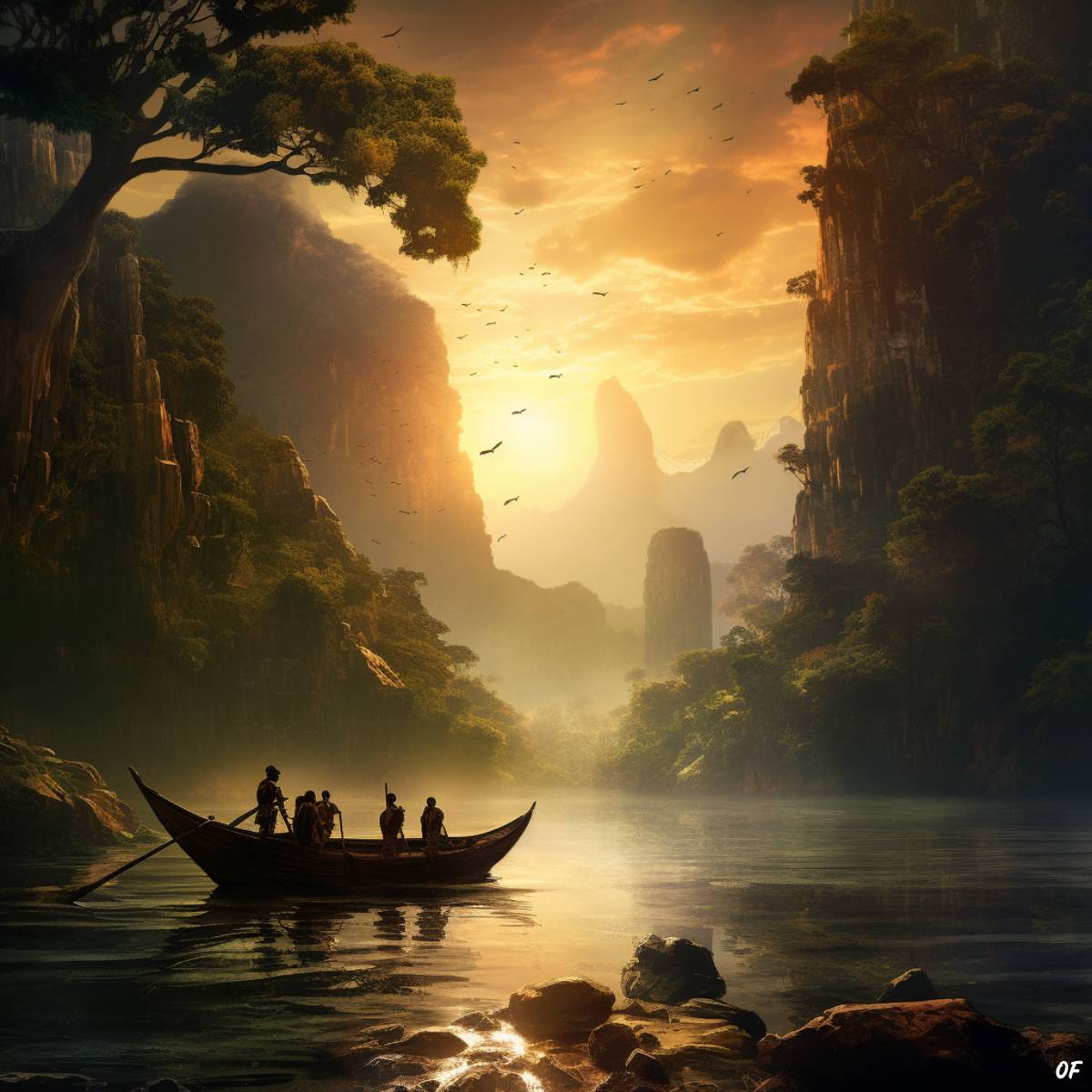
From folklore to scientific intrigue, Peru’s Boiling River, or Shanay-timpishka, bewilders explorers with scalding temperatures reaching 200°F. Nestled deep within the Amazon, this unique geothermal marvel defies conventional wisdom, far from any volcanic activity, stirring both mystery and awe.
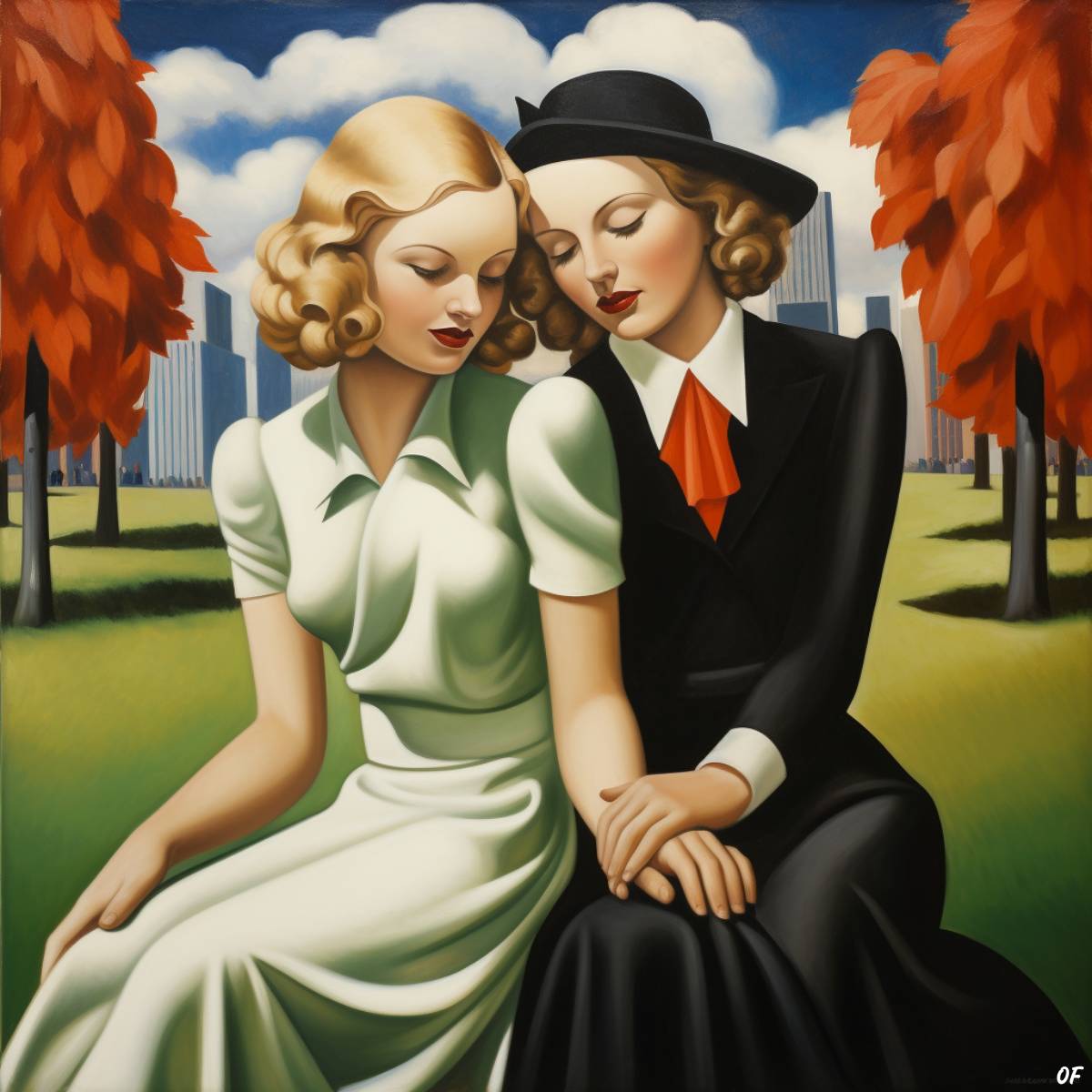
A collaborative mapping project created by Montreal-based Lucas LaRochelle, Queering the Map started as a class project, which has since grown to a shared community space for all.
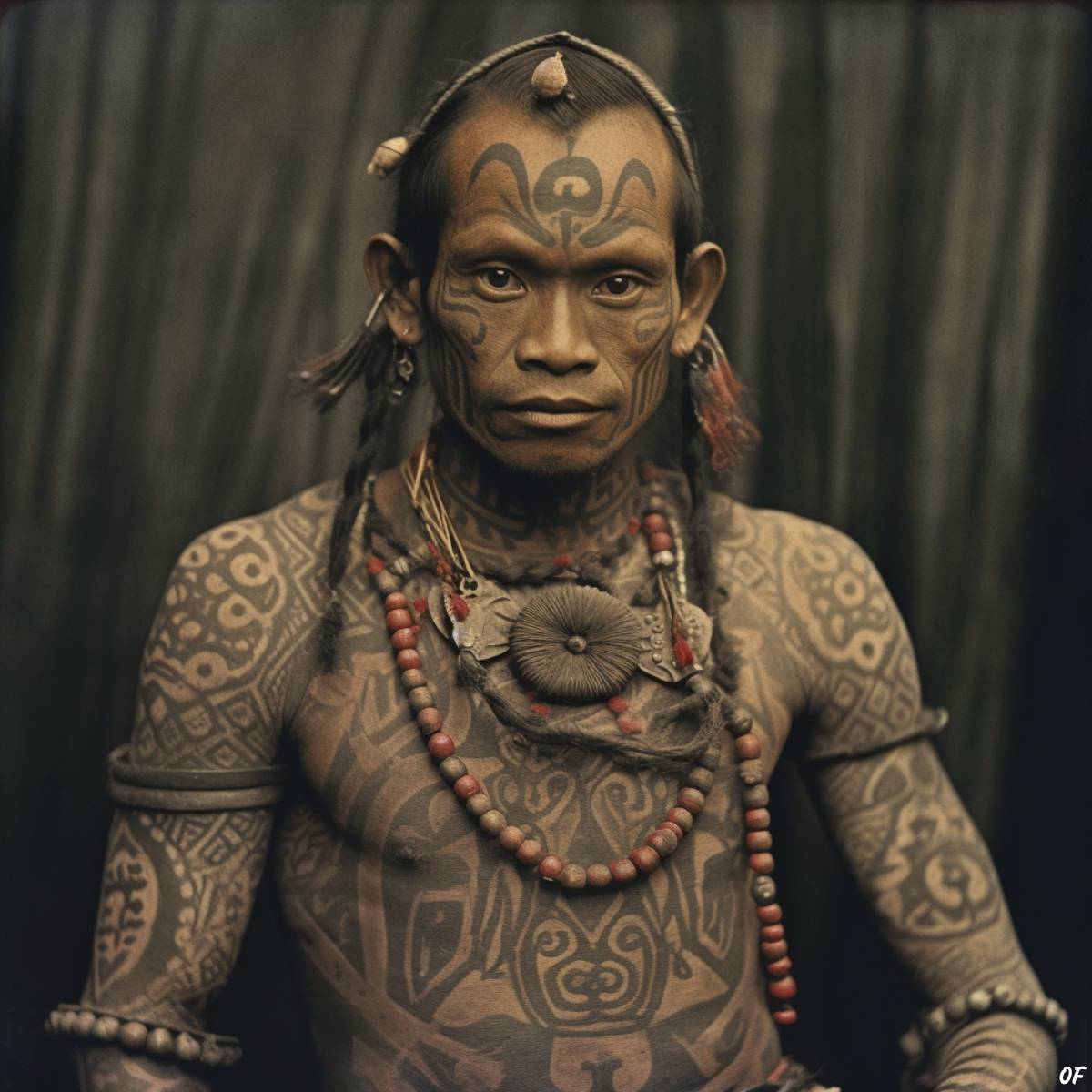
At 106, Whang-Od Oggay, the last living Mambabatok in a remote Philippine village, maintains the dying art of Kalinga—traditional tribal tattooing. Her lifetime dedicated to inking triumphant warriors teeters on extinction, posing a poignant threat to this unique cultural heritage.

Byron Preiss’s novel, “The Secret,” ignited a three-decade-long quest for 12 elusive treasures across Canada and the U.S., yet only three have surfaced, leaving a tantalizing mystery that continues to bewitch treasure hunters.

On August 8, 1991, the Warsaw Radio Mast—then the world’s tallest man-made structure at over 2,120 feet—suddenly collapsed. An event seemingly forgotten by history, it held the record for height until the Burj Khalifa’s completion in 2009.